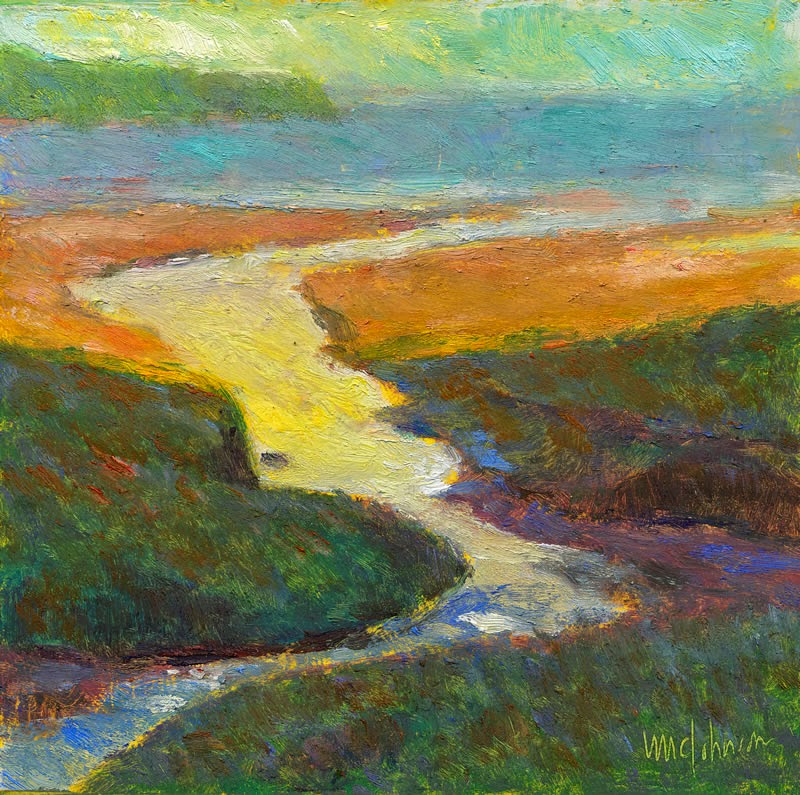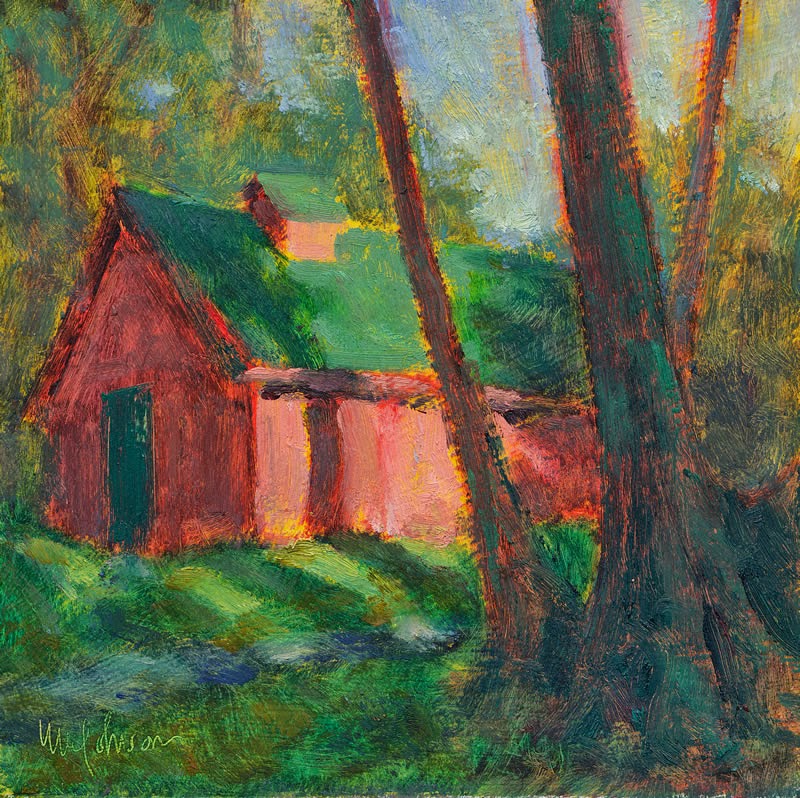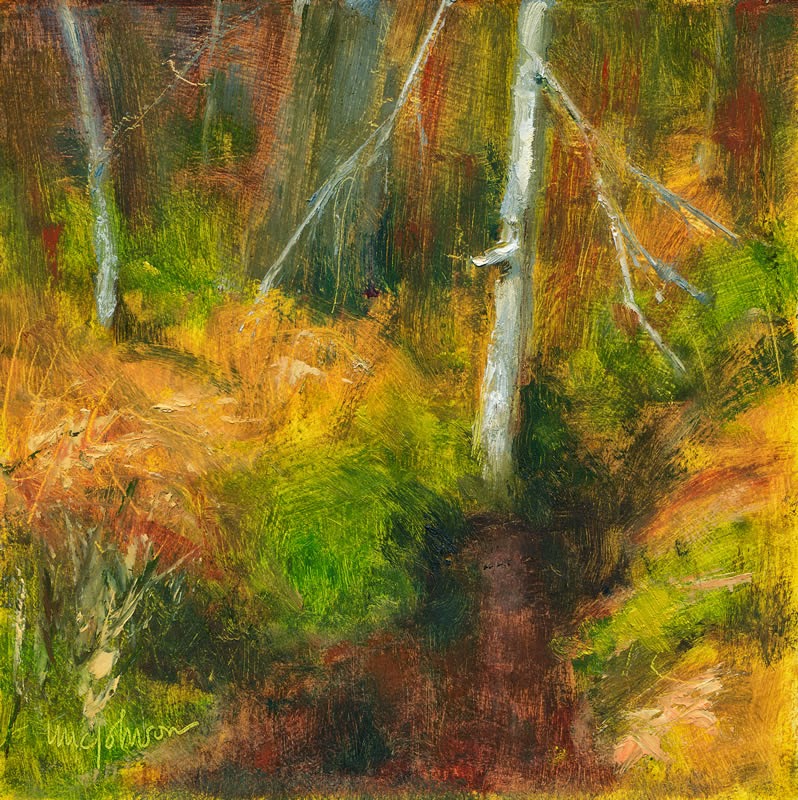 |
|
The Laborer Resting, by Carol L. Douglas, oil on canvas, 36X48, $3,750.
|
Several friends have sent me storiesabout Leena McCall’s oil painting of her friend, Portrait of Ms Ruby May Standing, being removed from a Society for Women Artists show in London because it was deemed to be pornographic. McCall painted her work in the flat style of mid-century English painters, and that’s the best part of the painting. She’s baiting a censorship that vanished decades ago. It’s her great luck (or planning) that she found someone—anyone—to object to it in this day and age.
The painting—although obvious—hardly dings my porn meter. I’m a born-again Christian who sometimes paints on the subject of women’s bondage. The only person who complains is my husband, who blocks them on his newsfeed so they don’t violate his employer’s policy.
 |
|
The Joker, by Carol L. Douglas, oil on canvas, 30X40, $2,500.
|
My nudes, by the way, are on view at RIT-NTID’s Dyer Art Centerthis month. The show, Intersections of Form, Color, Time and Space, opens tonight, from 4-7 PM. I hope you’ll come out and say hello. RIT’s campus is lovely, and this would be a fantastic evening to be out there.
Unlike McCall, I’m taking an anti-pornographic stance. I’m painting about the abuse and objectification of women. You would think that a culture that aspires to complete equality for women would see less of this, not more, but these two trends have increased, not decreased, in my lifetime.
 |
|
Submission, by Carol L. Douglas, oil on canvas, 24X20, $1,500.
|
I nursed all four of my kids and nobody ever tried to shame me about it. So I’m amazed at the stories my young friends tell about women being harassed for nursing in public. My friend Tim Vail pointed out that there are centuries of images of nursing mothers. “It seems like the more sexualized our culture gets, the more repression there is over what used to be completely normal.”
I’m afraid we’re living at the high-water mark of women’s rights worldwide. And that’s what I’m painting about. The more I paint, the less able I am to explain the material in words, so I hope you come out tonight to see them.
The Dyer Arts Center is in Lyndon Baines Johnson Building at Rochester Institute of Technology, 52 Lomb Memorial Drive, Rochester, NY 14623. Intersections of Form, Color, Time and Space, featuring abstract-expressionist Stu Chait and realist Carol Douglas, is in all three galleries during the month of July.
I’m leaving for Maine next week. Come join me! I have two openings left for my 2014 workshop in Belfast, ME. Information is available here.























